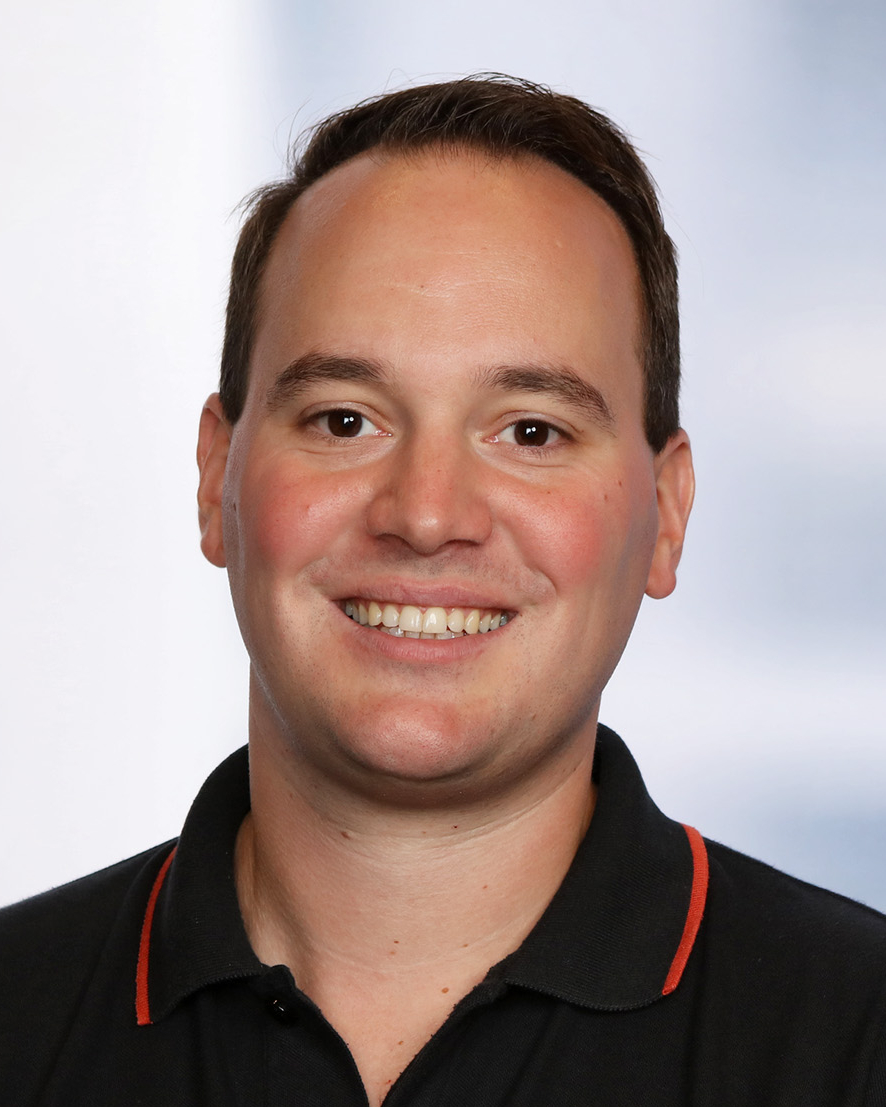Do you want to get your hands on an Oracle Database but don’t know how? Here are 5 ways to get you going:
LiveSQL
Do you just want to type some awesome SQL and need a database to do so? Then LiveSQL.oracle.com is your friend. LiveSQL is a browser-based SQL scratchpad that not only allows you to pull off some SQL magic but also to save and share your scripts with others. It also comes with a comprehensive library of tutorials and samples. LiveSQL is the best place for anybody that is completely unfamiliar with Oracle Database and wants to get going.
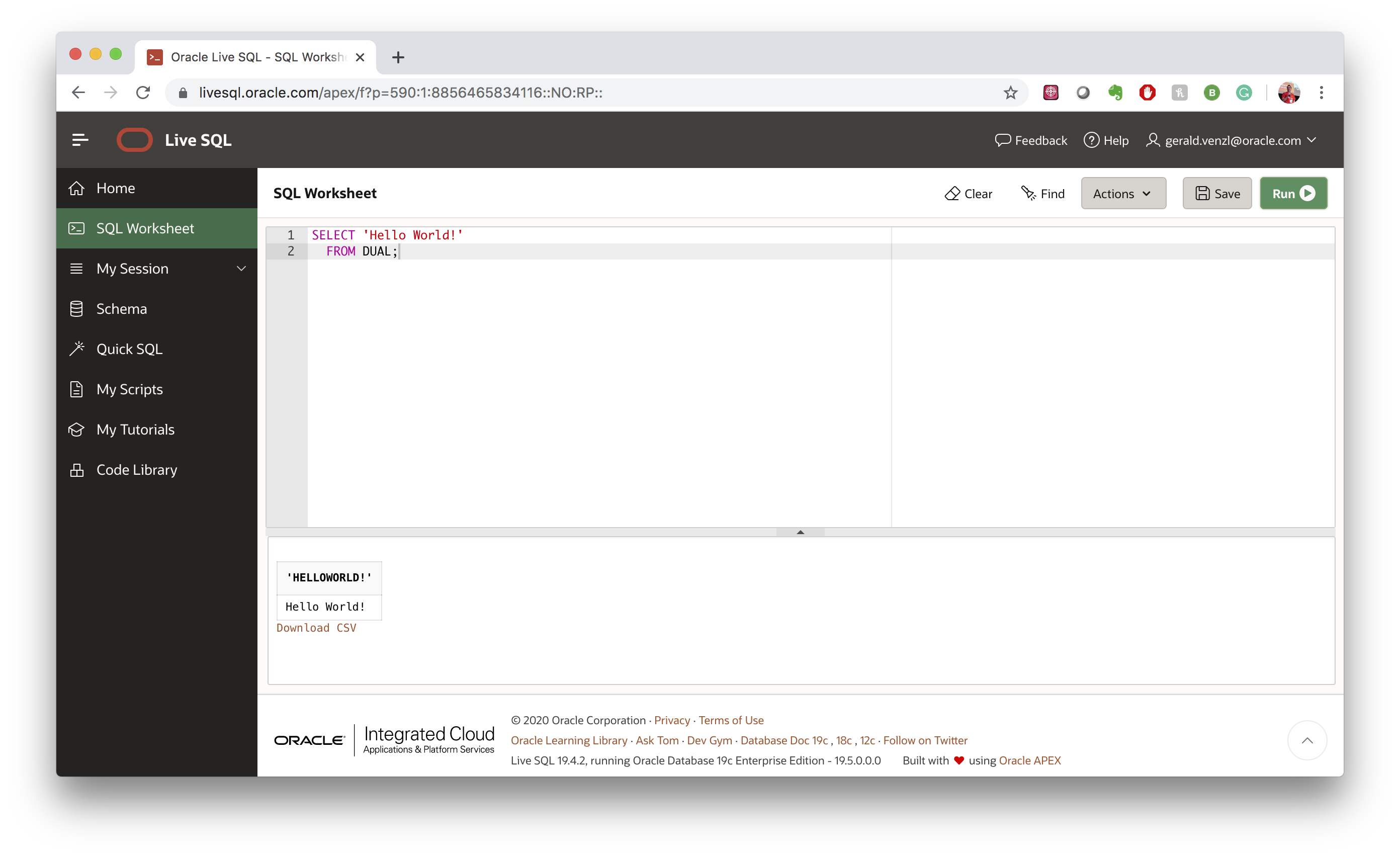
Docker/Container image
If you want to have an Oracle Database on your machine instead, but don’t want to worry about setup and configuration, the Oracle provided Docker or container images are a good choice. All you need is to install Docker, Podman or an equivalent on your machine (Mac or Windows) and pull the Oracle Database image from Oracle’s Container Registry. From then on, all you have to remember is:
docker run --name oracle -p 1521:1521 container-registry.oracle.com/database/free:latest
and
docker start oracle

Docker and Podman are great for running one or many instances and versions of an Oracle Database on your machine without having to know how to operate (start/stop/setup) them. What you end up with is still a full-fledged Oracle Database.
Vagrant box VM
If you want to have an Oracle Database on your machine, but you prefer to run it inside a Virtual Machine, then the Oracle provided Vagrant scripts will do a great job. HashiCorp’s Vagrant is a great tool to provision repeatable VM environments, including VirtualBox VMs. For this scenario, you will need to install Oracle’s VirtualBox and HashiCorp’s Vagrant on your machine first. Once you have done that, provision a VM via the scripts from the Oracle Vagrant Boxes GitHub repo and let Vagrant take care of the rest. All you have to remember is:
vagrant up
and
vagrant ssh
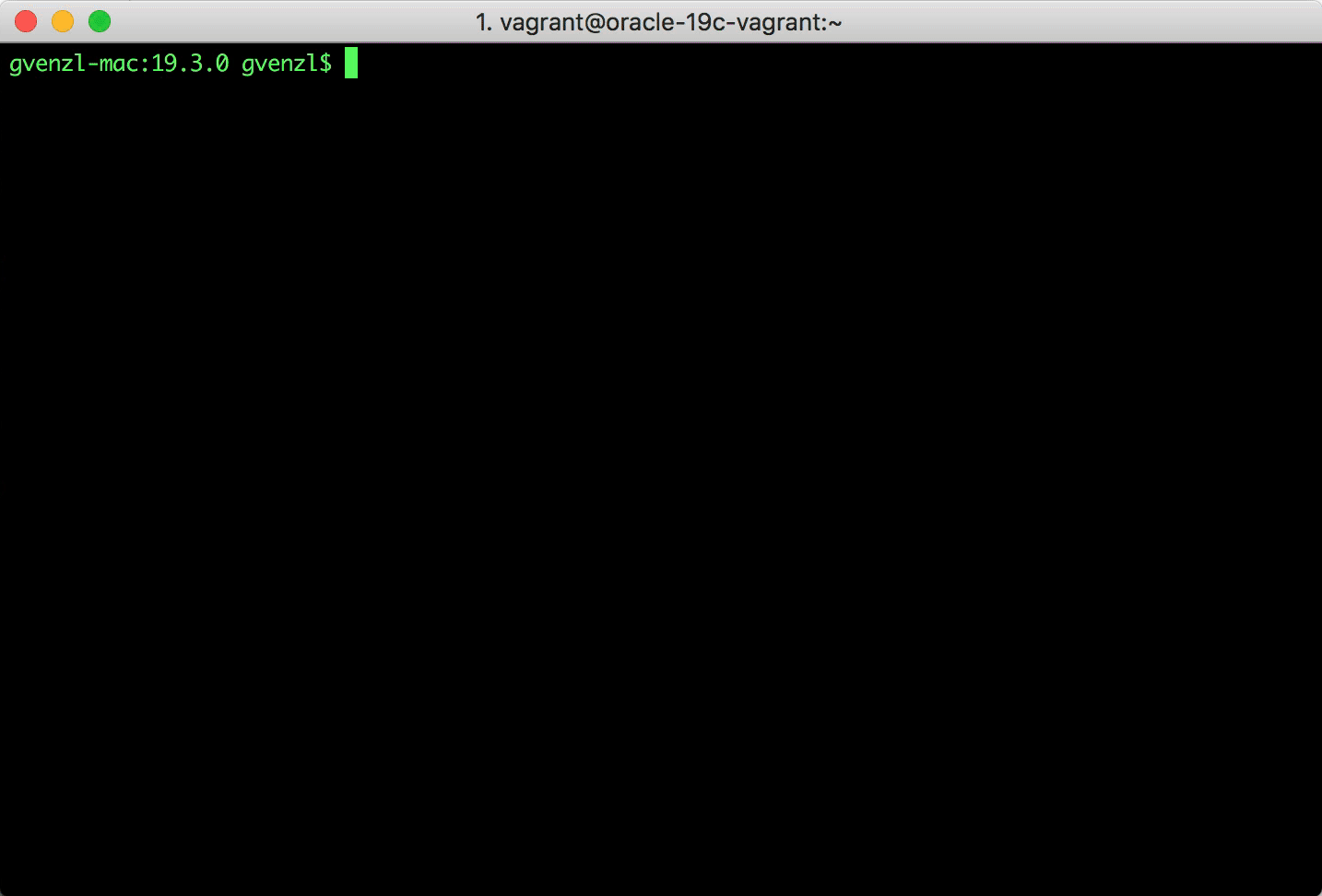
The Vagrant box is great if you want a scripted and repeatable way of creating a VirtualBox VM that contains an Oracle Database. You can also provision multiple VMs with different versions of the Oracle Database. The VM comes with port forwarding enabled by default, which means that you are able to connect any of your tools from your host directly, say SQL Developer for example, to the database inside the VM and treat the VM like a little embedded server.
Database App Dev VM
If you like the VM approach but don’t want or need the repeatable nature of Vagrant, then the Oracle Database Application Development VM is the right choice for you. Simply download the .ova file, import it into VirtualBox and start the VM. The VM will boot into a graphical Linux desktop.
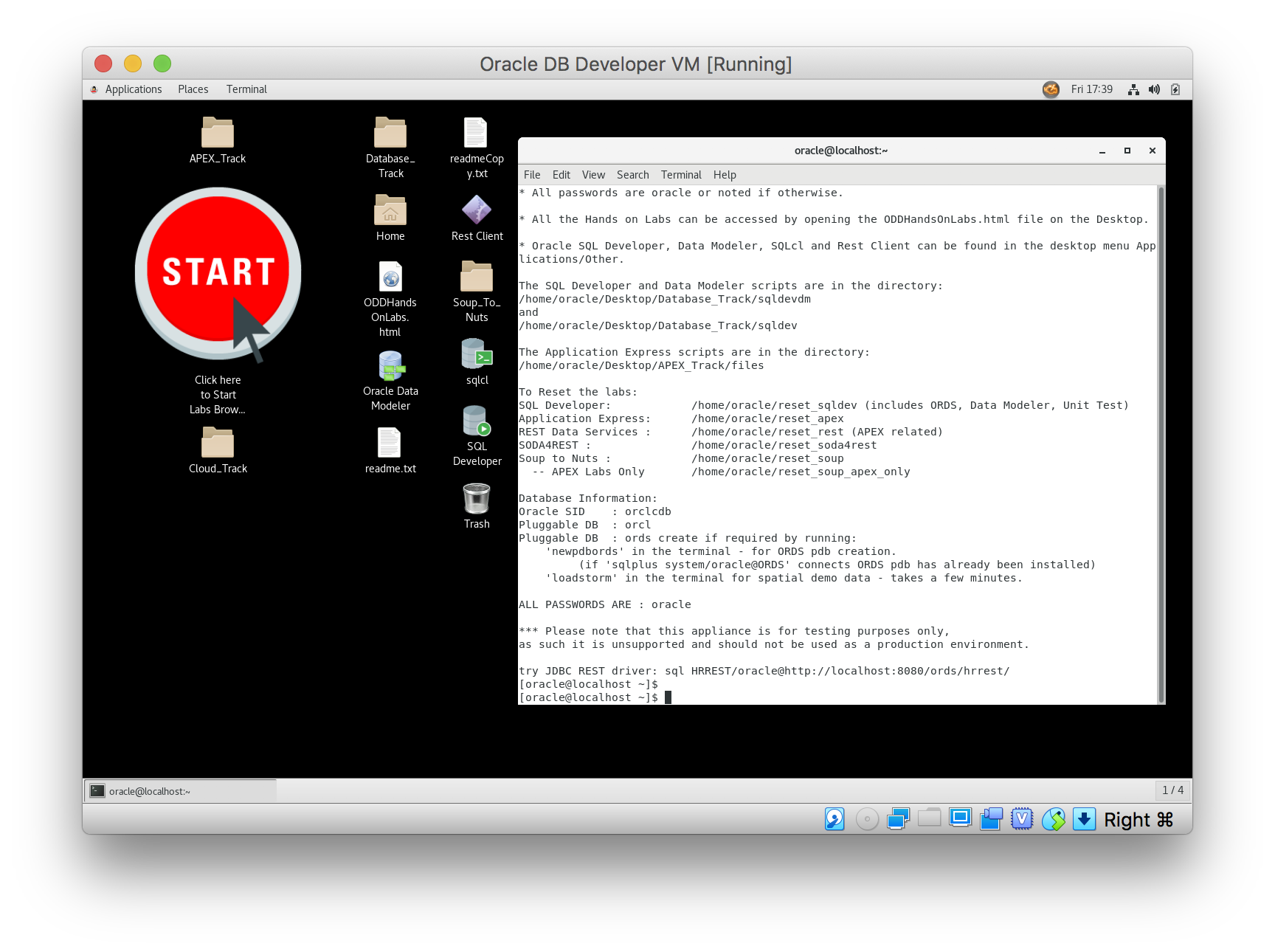
The Oracle Database App Dev VM comes with tools like SQL Developer and Oracle REST Data Services preinstalled, which makes it a great self-contained, one-stop-shop VM. It too has port forwarding enabled by default, in case you want to connect your tools from your host directly. Another bonus of the App Dev VM is that it also includes some hands-on labs that you can go through.
Always Free Oracle Autonomous Database
If you want an Oracle Database but not on your laptop, then you should check out the Oracle Cloud Free Tier which includes an Always Free Oracle Autonomous Database. Once you have signed up for the free tier and provisioned your Always Free Autonomous Database, you can head over to SQL Developer Web and get going.
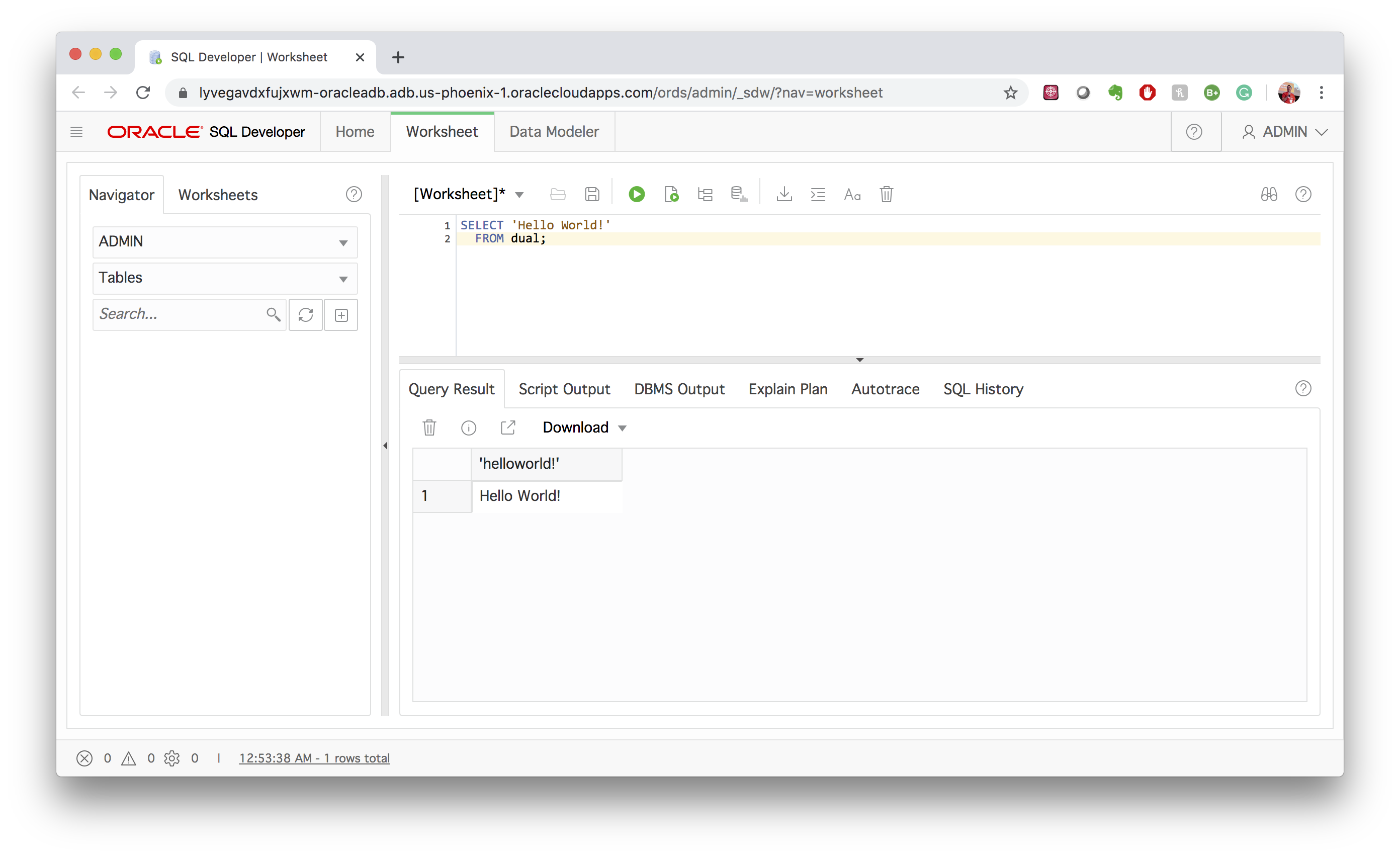
The Always Free Tier Oracle Autonomous Database is great if you want the latest and greatest what Oracle has to offer in terms of cloud databases. SQL Developer Web and APEX come out of the box and you can connect any other app or IDE from anywhere around the world, as long as it has access to the internet. And the best part, as long as you use the database, it stays with you forever!
Now, what you are waiting for? Get yourself an Oracle Database!
